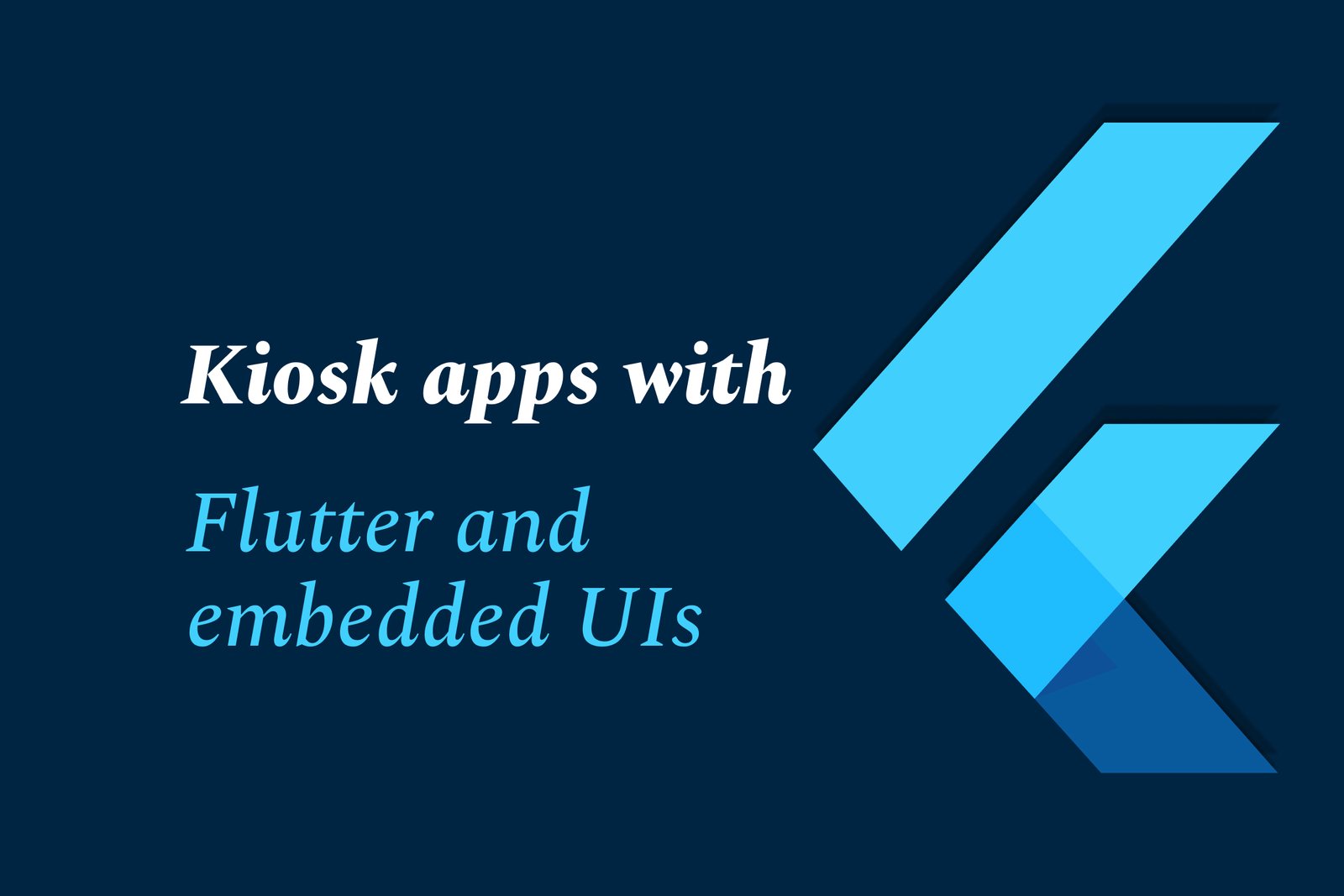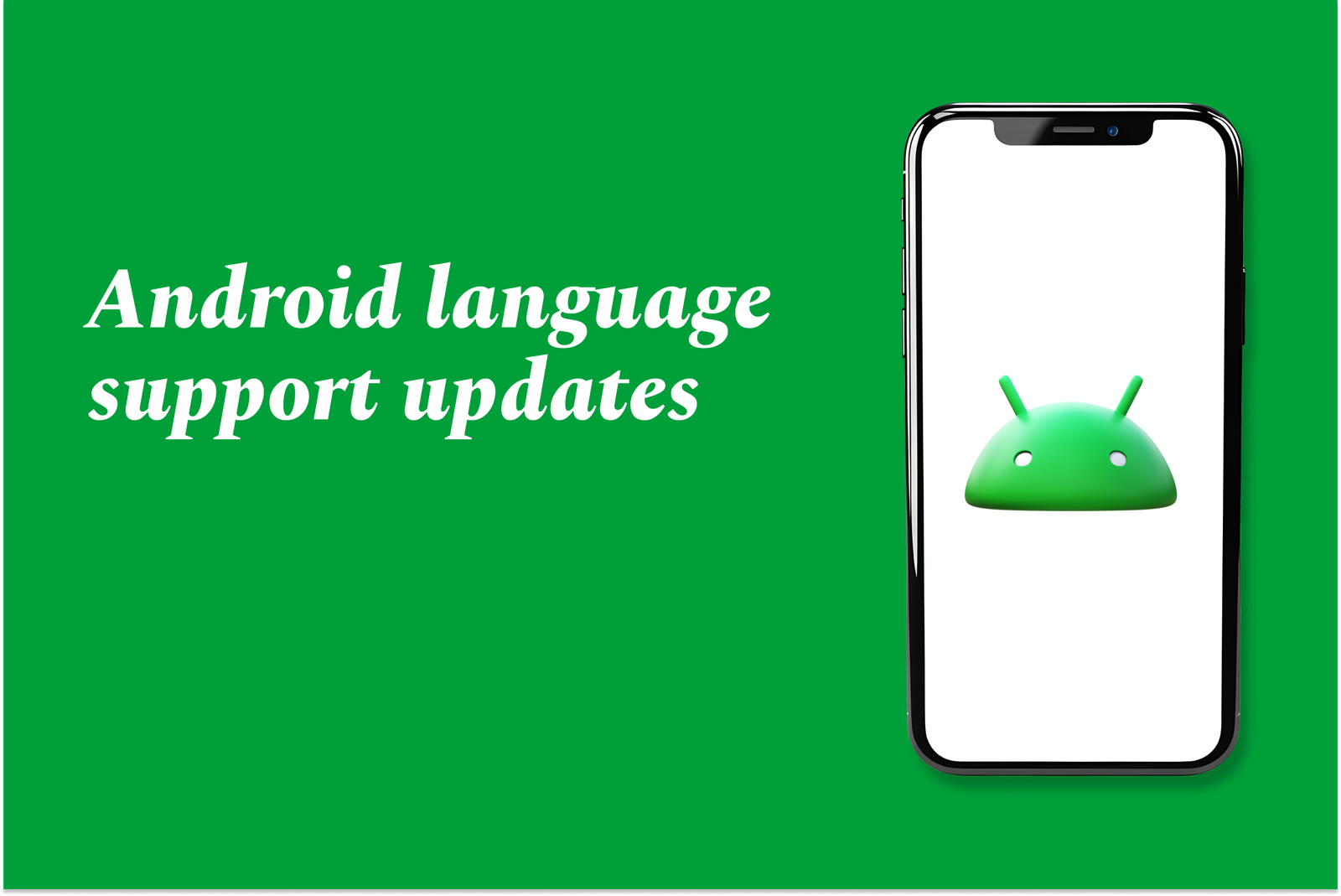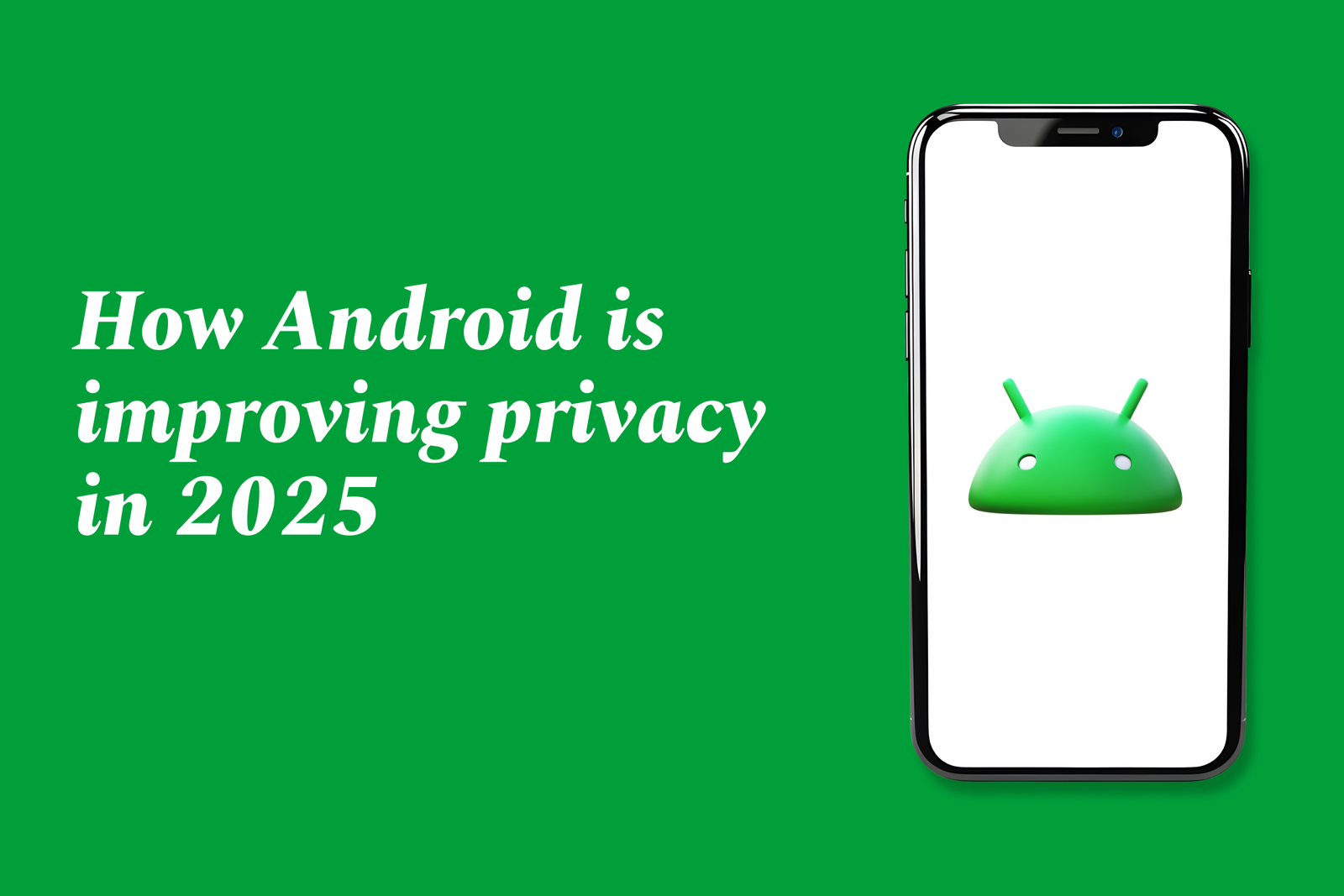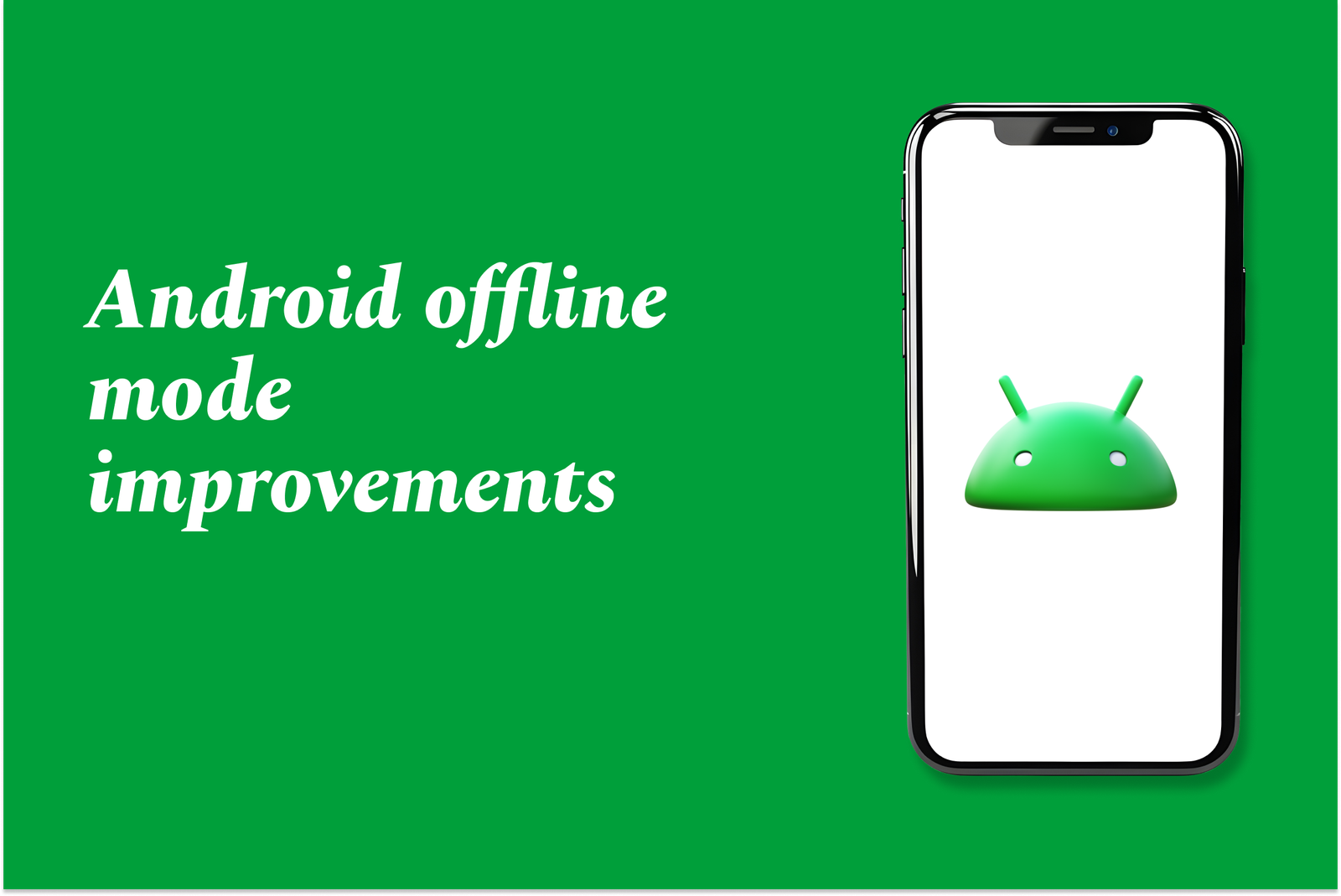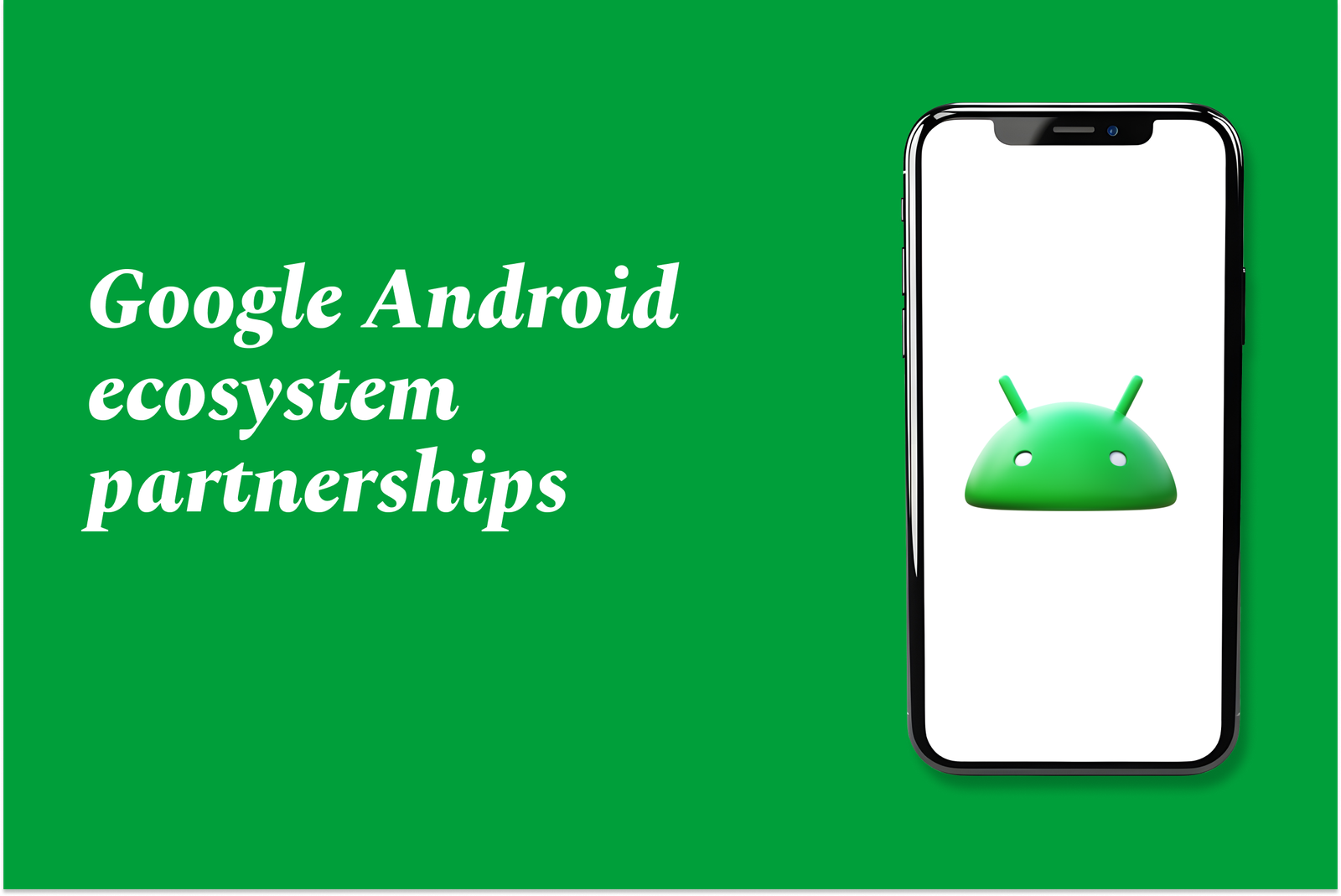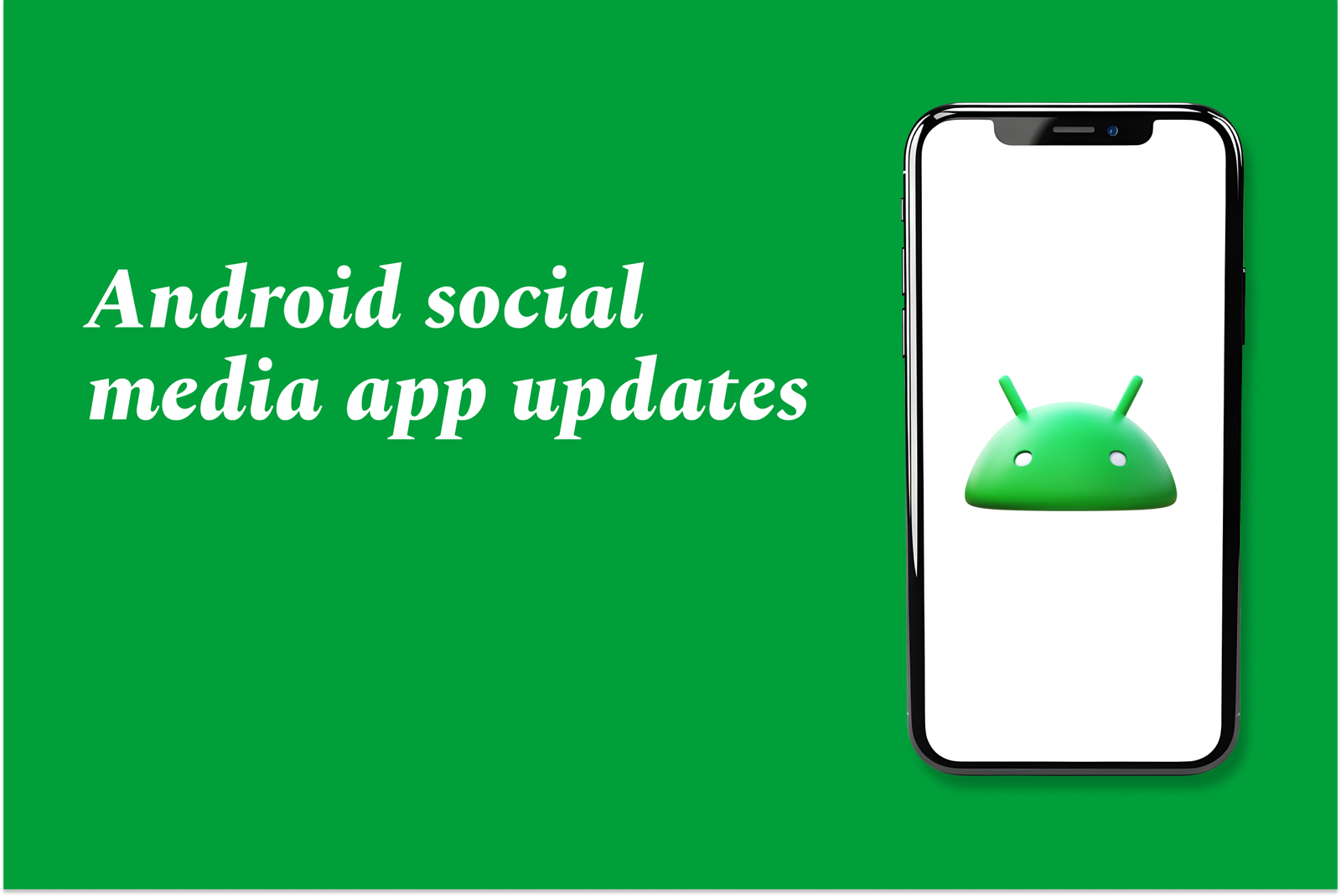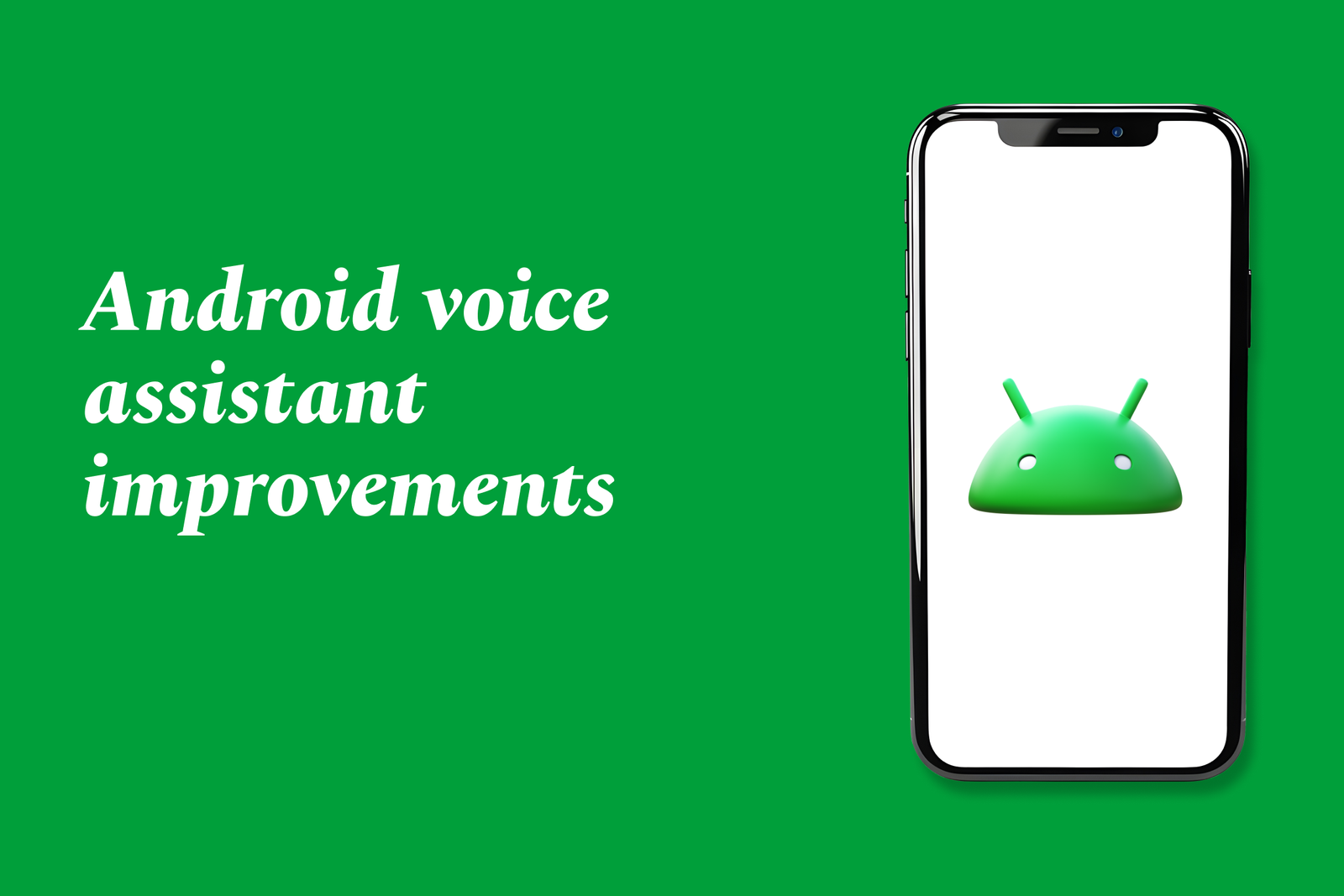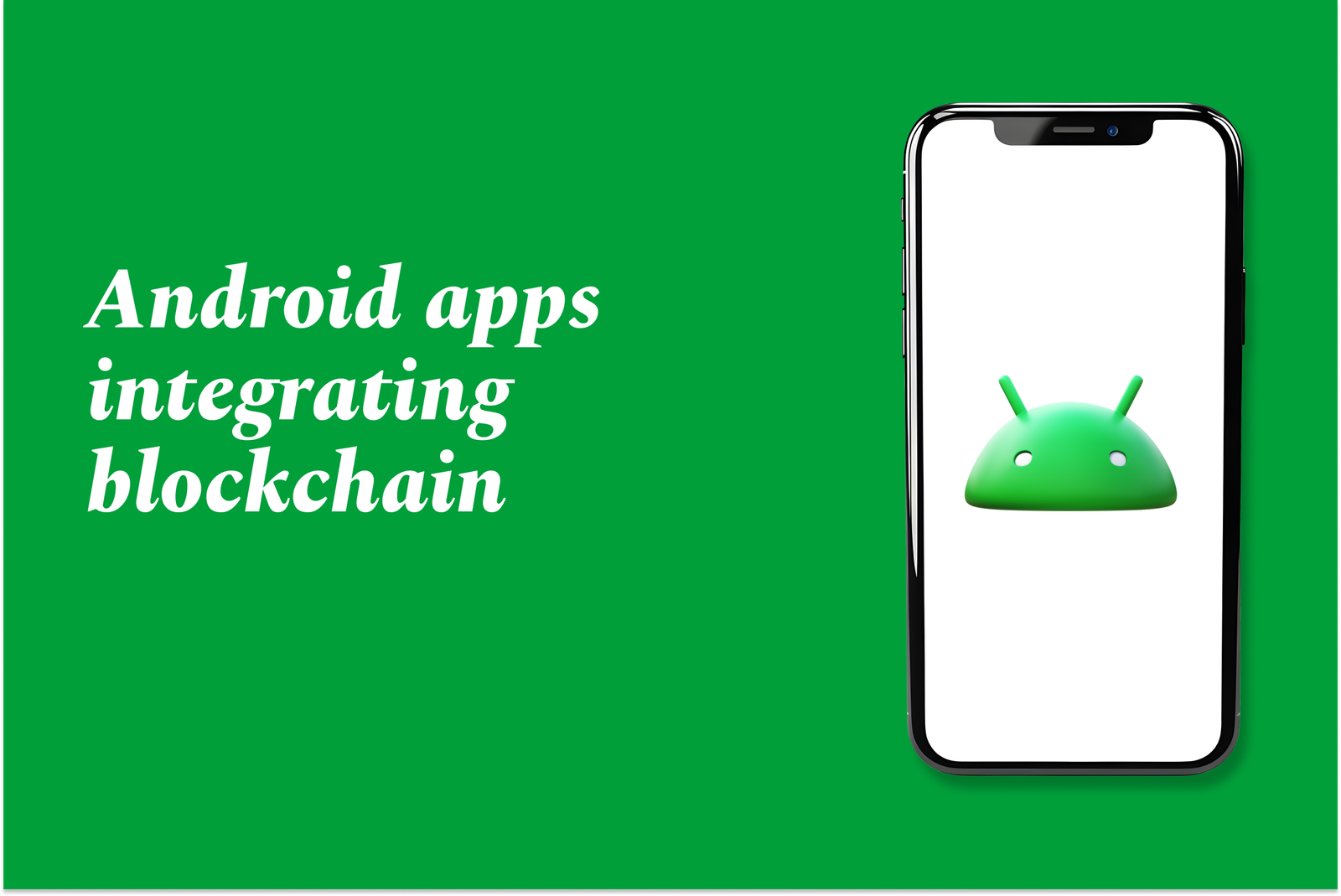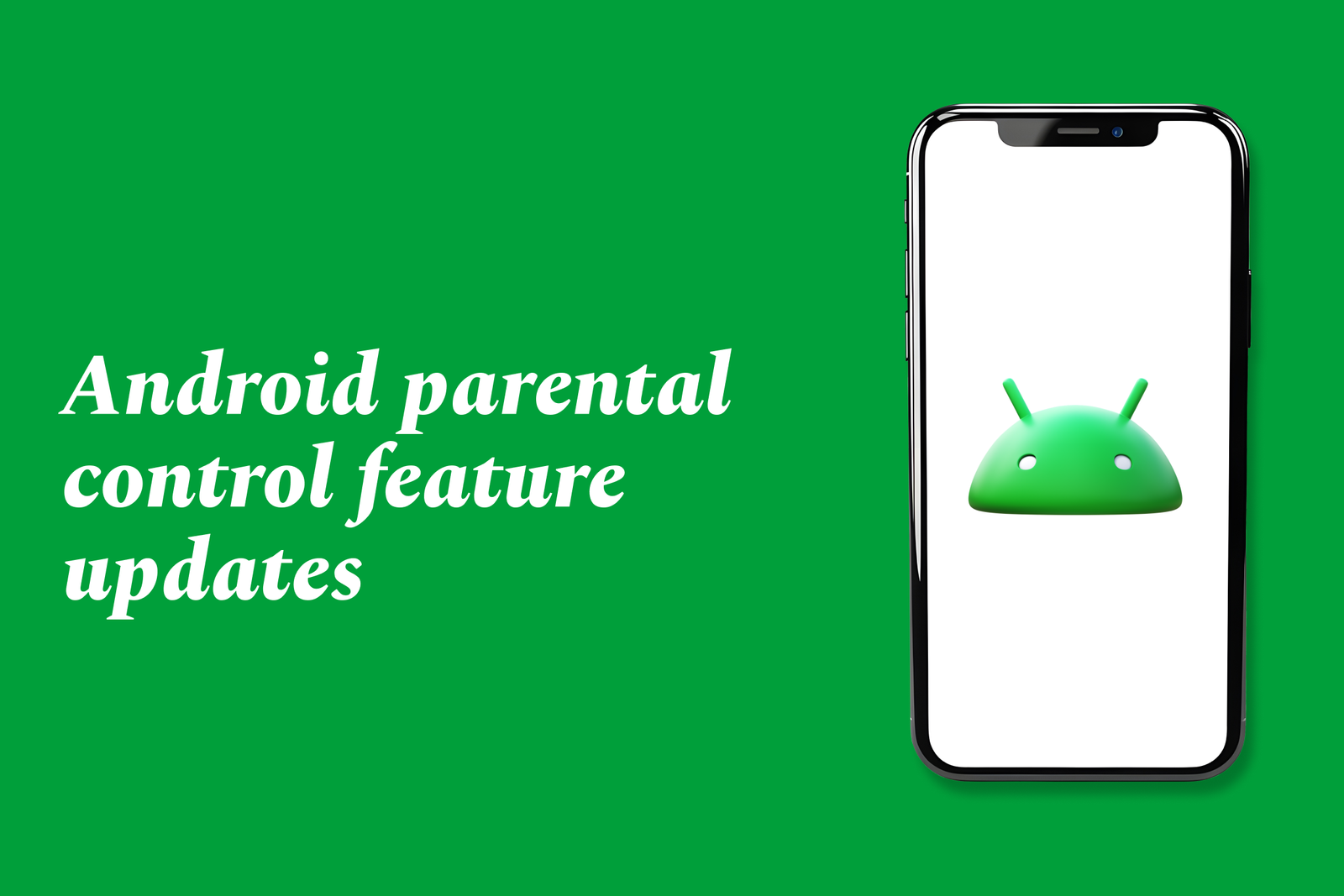Kiosk Apps with Flutter and Embedded UIs
Kiosk apps with Flutter leverage its cross-platform framework to build secure, fullscreen, touch-friendly interfaces for embedded devices. Combined with embedded UIs, they deliver seamless, customizable experiences ideal for interactive kiosks, digital signage, and unattended terminals.
Kiosk apps with Flutter and embedded UIs
1 ) Overview of Kiosk Apps and Web Technologies
Kiosk apps, particularly ordering apps, are often developed using web technologies like React, Vue, Node, and MySQL.
Such stacks can operate alongside kiosk hardware including receipt printers and touch displays, although integration with hardware requires additional interfaces or wrappers.
2 ) Managing Chromebook Kiosk Apps
Chromebook kiosk apps require the devices to be school managed and installed via the Google Admin console.
Kiosk mode secures the device by limiting usage to specific apps or URLs, enhancing testing and operational security.
Kiosk mode alters the user experience; for example, users may not log in in the usual manner and may have restricted device functionalities.
3 ) Fully Kiosk Browser for Android
Offers configurable kiosk browser and app launcher features such as fullscreen mode, motion detection, and remote administration.
Allows detailed lockdowns, including webcam and geolocation controls, app whitelist/blacklist, and custom UI elements.
Supports digital signage, interactive kiosks, and unattended devices with features like auto reload, screensaver, and device motion detection.
Provides APIs (JavaScript, MQTT, REST) for integration and remote device management through Fully Cloud.
Compatible with Android versions 5 through 16 and supports volume licensing and provisioning.
4 ) Flutter for Multi Platform Kiosk Apps
Flutter is an open source framework by Google for building natively compiled, multi platform applications from a single codebase (mobile, web, desktop, embedded).
Enables rich, customizable UI designs and provides features like hot reload for fast development cycles.
Flutter apps can run fullscreen and be tailored for kiosk use cases, integrating smoothly with embedded UI components.
Offers extensive widgets, layouts, state management, and adaptive designs to suit diverse kiosk hardware and screen sizes.
5 ) Embedded UI Integration and APIs
Embedded UI APIs (such as Egnyte’s Navigate API) allow launching web based UI sessions inside other apps or kiosks with customizable views.
These APIs enable embedding a simplified UI without headers or navigation bars, suitable for kiosk environments.
Such integration supports secure authentication and session management tailored to kiosk workflows.
6 ) Key Considerations for Kiosk App Development
Security: Use kiosk mode and device management tools to restrict user access and prevent escapes from kiosk environments.
Hardware Compatibility: Ensure the software stack used (e.g., Flutter or web tech) supports connections to peripherals like printers and touchscreens.
Remote Management: Implement support for remote configuration, monitoring, and software updates.
User Experience: Design intuitive, touchscreen friendly interfaces optimized for the kiosk context, accounting for accessibility and responsiveness.
Summary:
Developing kiosk applications can leverage modern web stacks or frameworks like Flutter for high performance, cross platform solutions. Proper device management (like Chromebook kiosk mode or Android kiosk apps) secures devices for their specific purpose, while embedded UI APIs facilitate seamless integration of web interfaces into kiosk environments. Flutter stands out for its flexibility and native compilation abilities, making it highly suitable for embedded kiosk apps requiring rich, interactive UIs across diverse devices.
https://justacademy.in/news-detail/google-i/o-2025-highlights:-flutter-takes-the-lead
https://justacademy.in/news-detail/flutter’s-new-devtools-make-debugging-easier-than-ever
https://justacademy.in/news-detail/flutter-adds-ai-toolkit:-what-it-means-for-developers
https://justacademy.in/news-detail/flutter-roadmap-beyond-2025
https://justacademy.in/news-detail/using-google’s-vertex-ai-with-flutter-apps
Related Posts
Android language support updates enhance the platform by enabling modern Java 8 features like lambdas and method references within Android Studio, improving code efficiency and developer experience without needing the Jack compiler, streamlining app development and build processes.
In 2025, Android enhances privacy with stricter app permissions, improved data encryption, and advanced APIs that give users greater control over their data. System updates focus on secure media handling and transparent, developer-friendly tools to protect personal information seamlessly.
Android offline mode improvements enhance app usability by allowing users to access content and features without an internet connection. These updates enable pre-downloading data, reduce dependency on continuous connectivity, and improve user experience during travel or in low-network areas.
Google Android ecosystem partnerships unite device makers, developers, carriers, and enterprises to build a flexible, secure platform powering billions of devices worldwide. These collaborations drive innovation, expand app access, and enhance user experiences across diverse Android-powered products.
Android social media app updates enhance user experience with improved features like real-time notifications, AI-driven content discovery, expanded communities, and better multimedia support. These updates ensure smoother interactions, faster info sharing, and more personalized social networking on mobile devices.
Android health and fitness app updates focus on improved data sharing, personalized coaching, and enhanced tracking across devices. Key apps like Health Connect, Samsung Health, and Google Fit offer better privacy controls, seamless integration, and support for diverse wellness goals.
Android's multi-user feature lets multiple people have separate profiles on one device, keeping data and apps separate. Recent updates improve user switching, address bugs like Wallet issues, and optimize performance by suspending inactive profiles for smoother multitasking.
Android voice assistant improvements enhance hands-free control by integrating smarter, more natural voice commands in Android Auto and CarPlay. Upgrades include better music navigation, AI-powered icon recognition for accessibility, and solutions for seamless connectivity, boosting safety and usability.
Android apps integrating blockchain leverage decentralized technology to enhance security, transparency, and trust in transactions and data management. These apps enable secure payments, identity verification, and supply chain tracking, revolutionizing mobile experiences across industries.
Android parental control updates enhance child safety by offering real-time monitoring, app notifications sync, screen time limits, app blocking, precise GPS tracking, and location alerts, enabling parents to manage and protect their children's device usage more effectively and securely.
